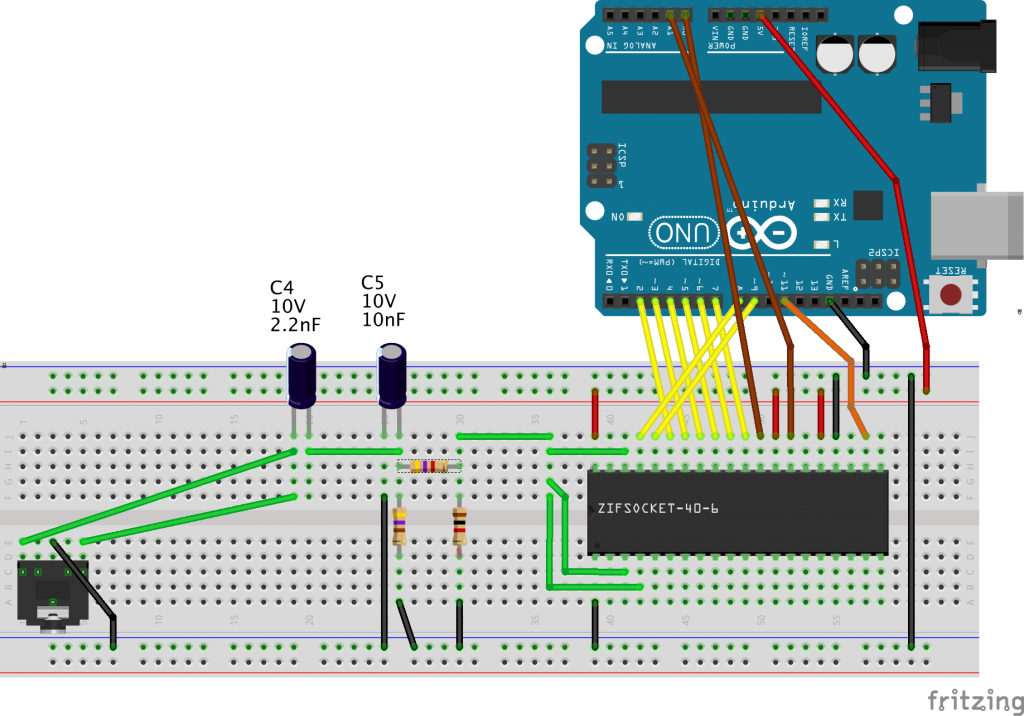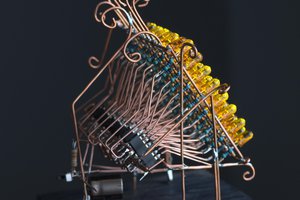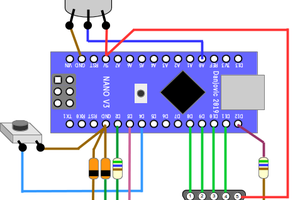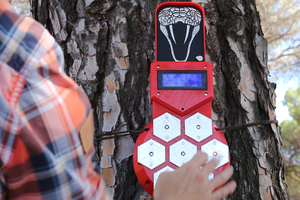In which we document things that we have learned about this audio chip.
This project was started based on interest in the Vectrex gaming system, which utilized a AY-3-8912 Programmable Sound Generator.
A sampling of sounds from this era of hardware can be found in this playlist https://www.youtube.com/playlist?list=PLvJzDR3l8jZMt1rDkUpv-mvl3vuFxXKxe
A history of the chip Video Game Music Preservation Foundation Wiki
 xBeau
xBeau

 Tauno Erik
Tauno Erik
 danjovic
danjovic
 jurc192
jurc192
 Estudio Roble
Estudio Roble